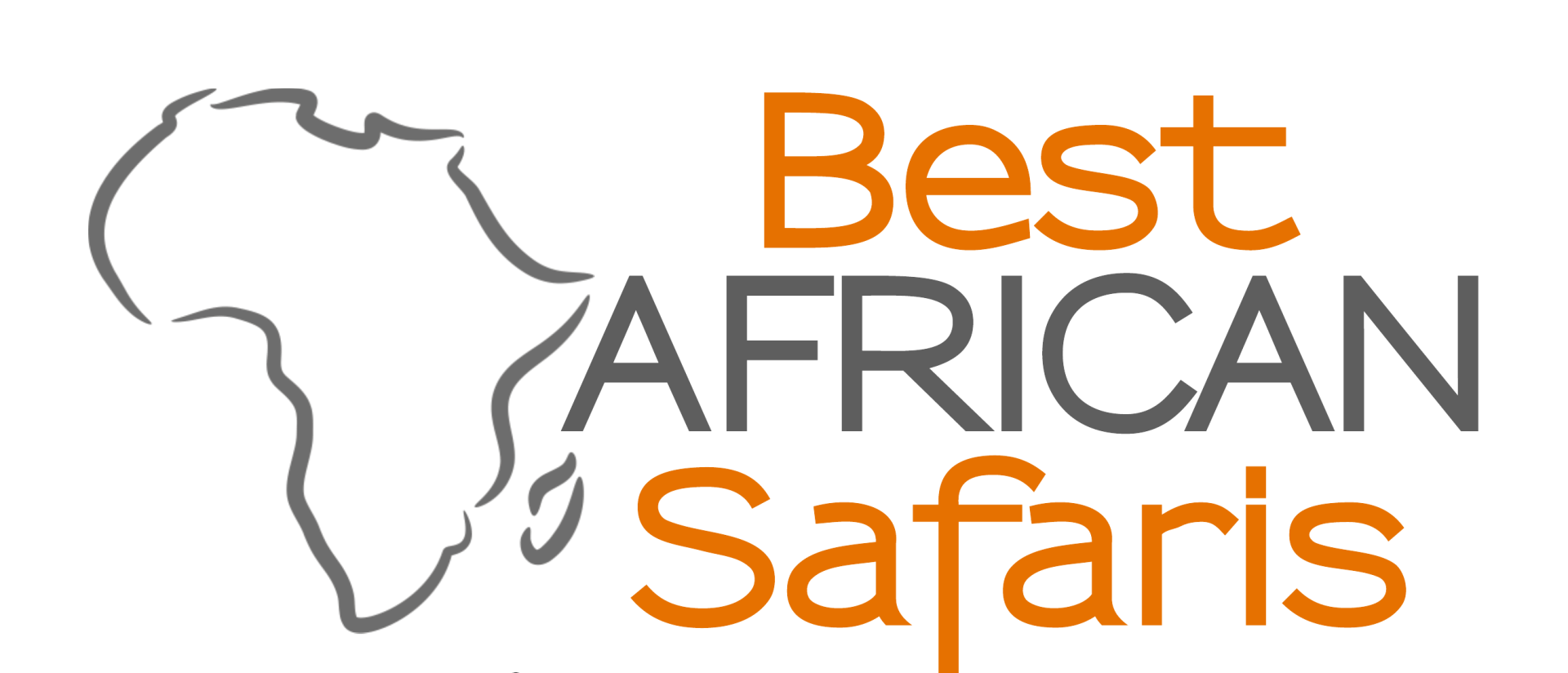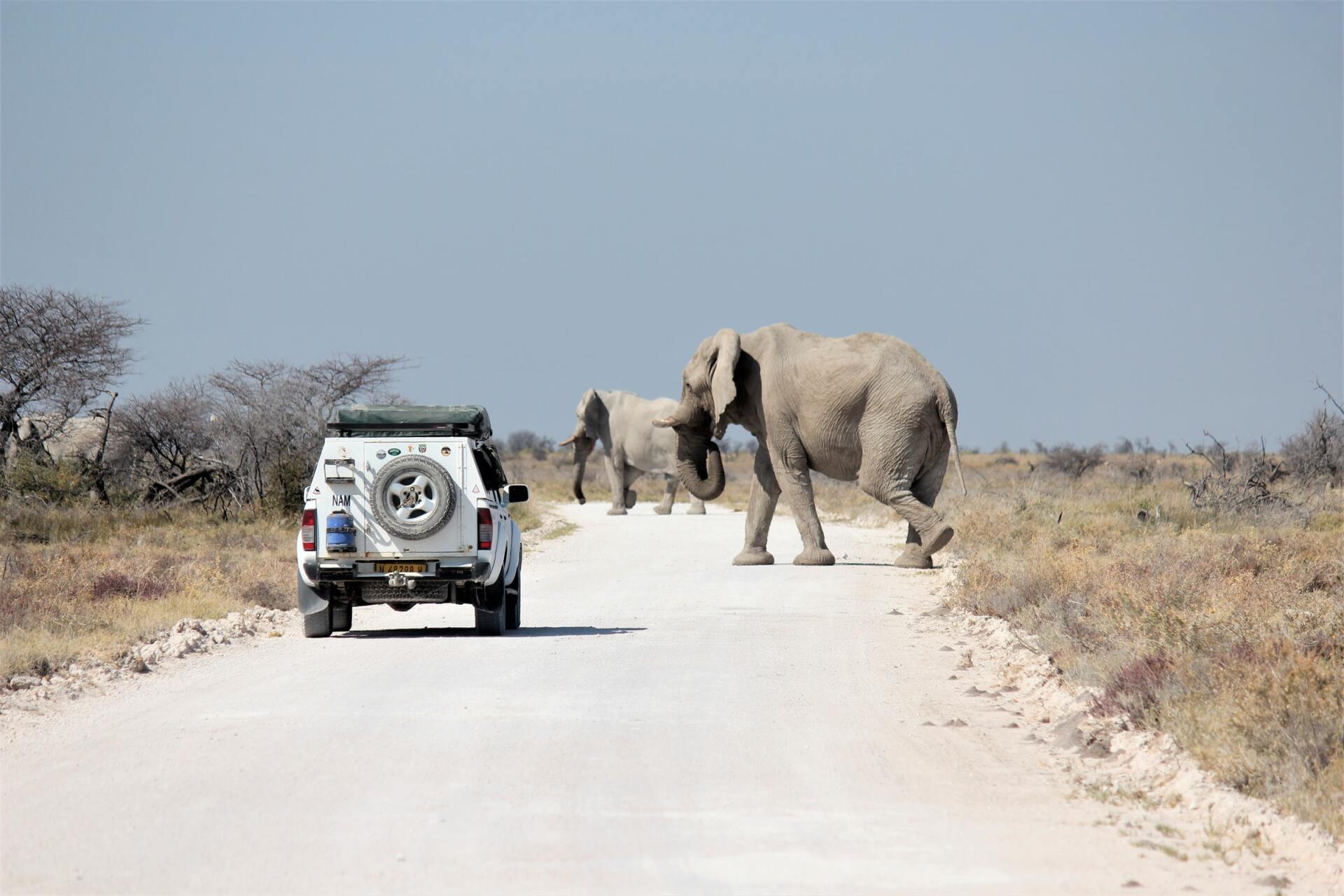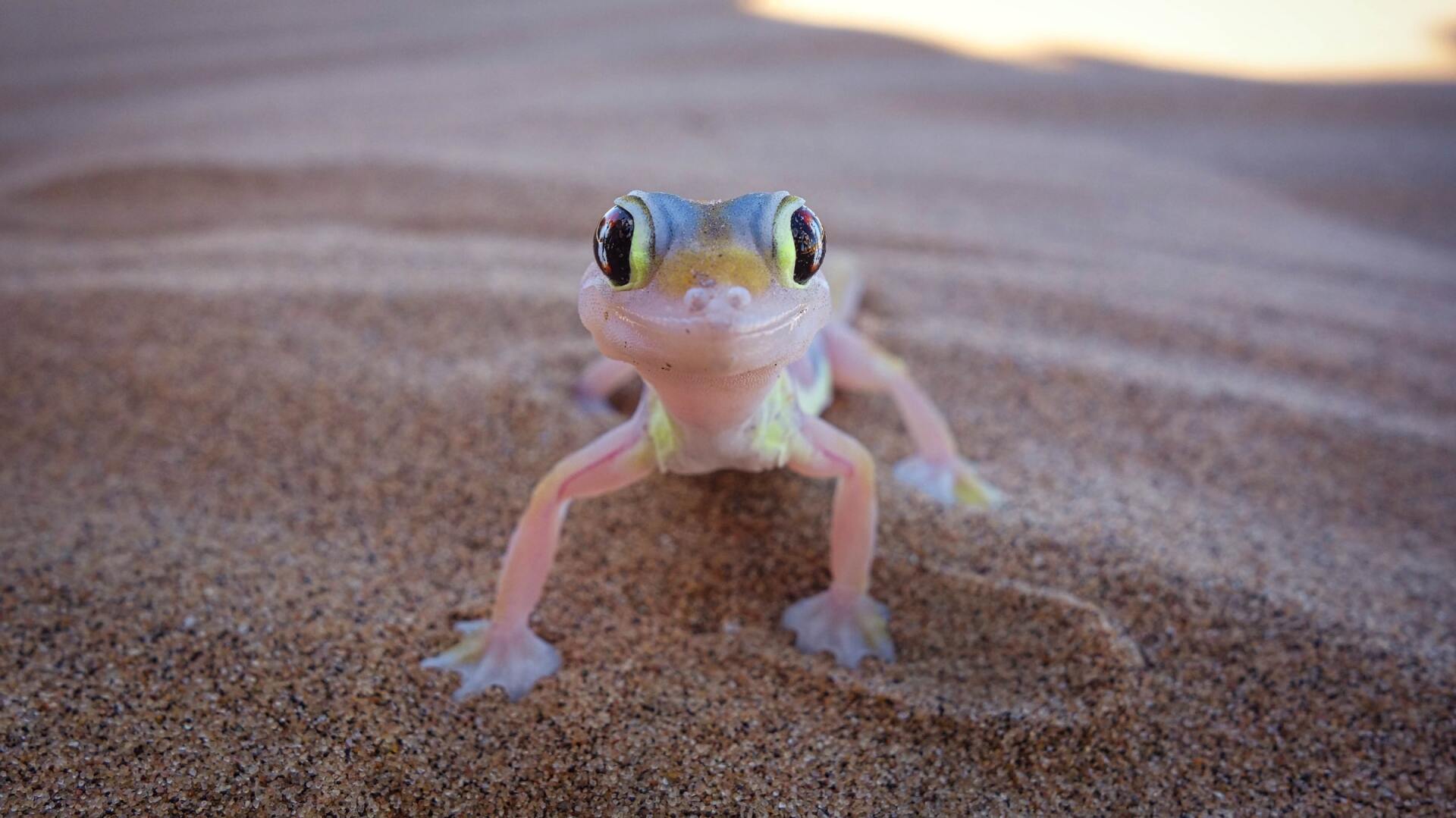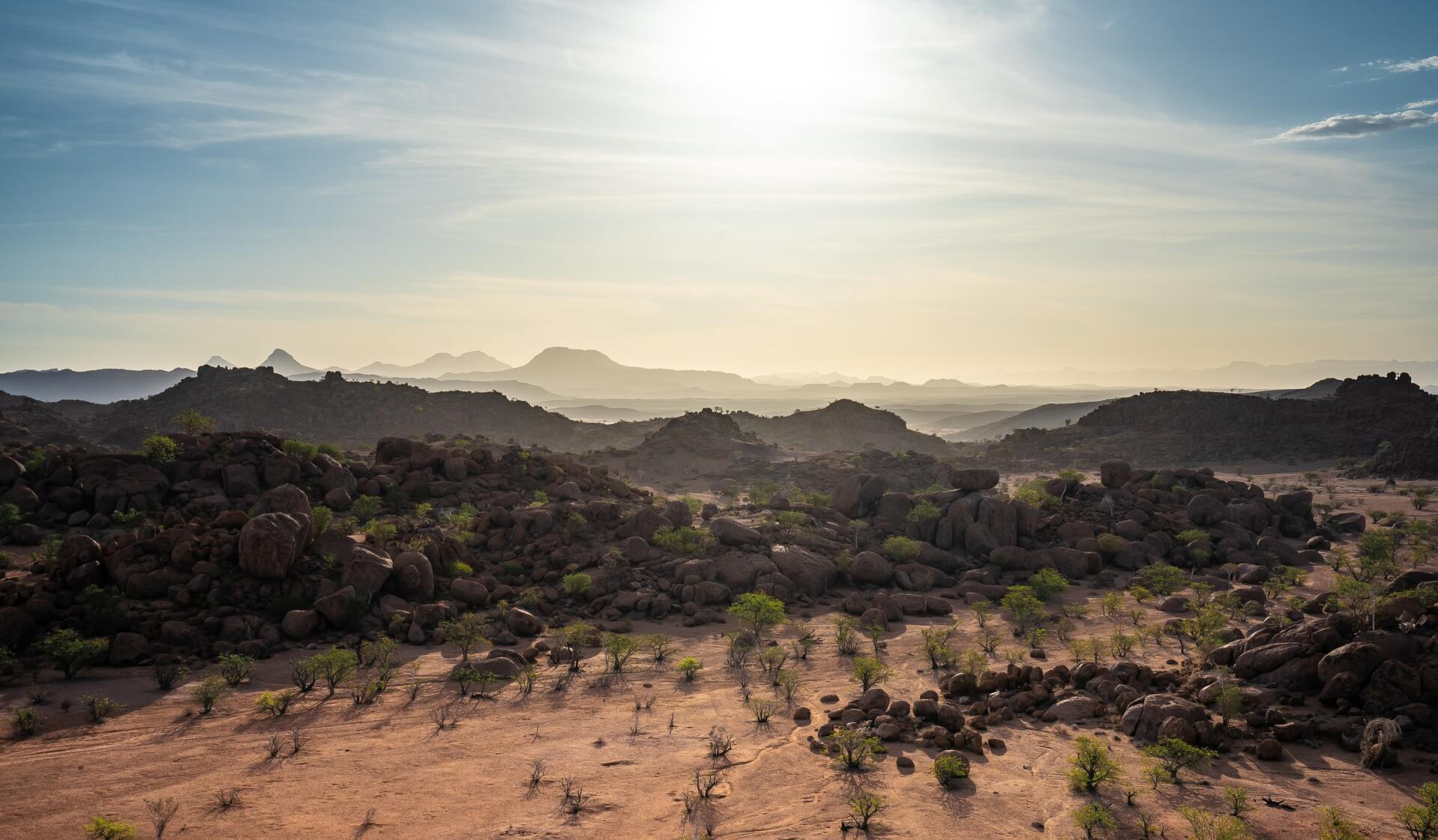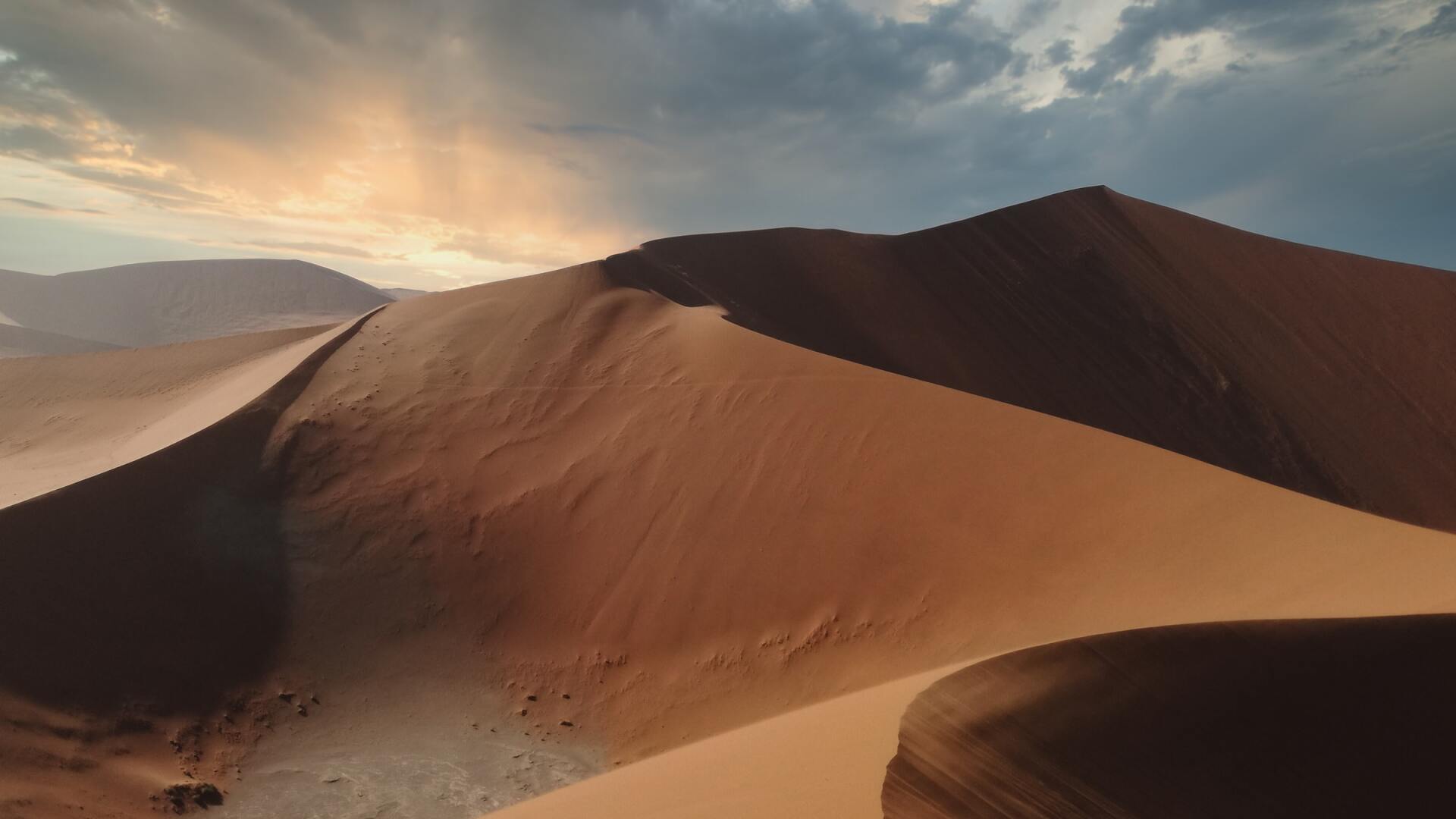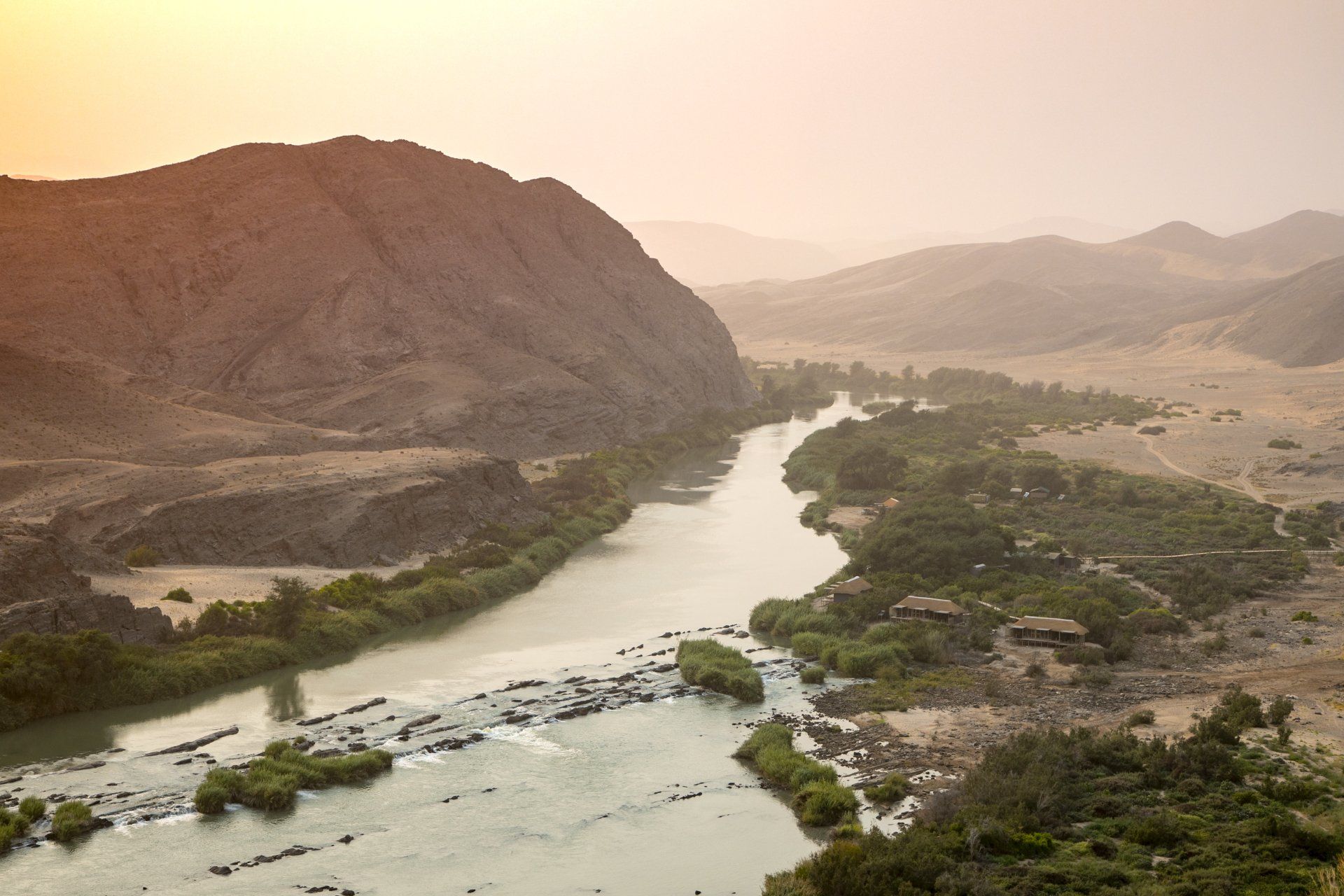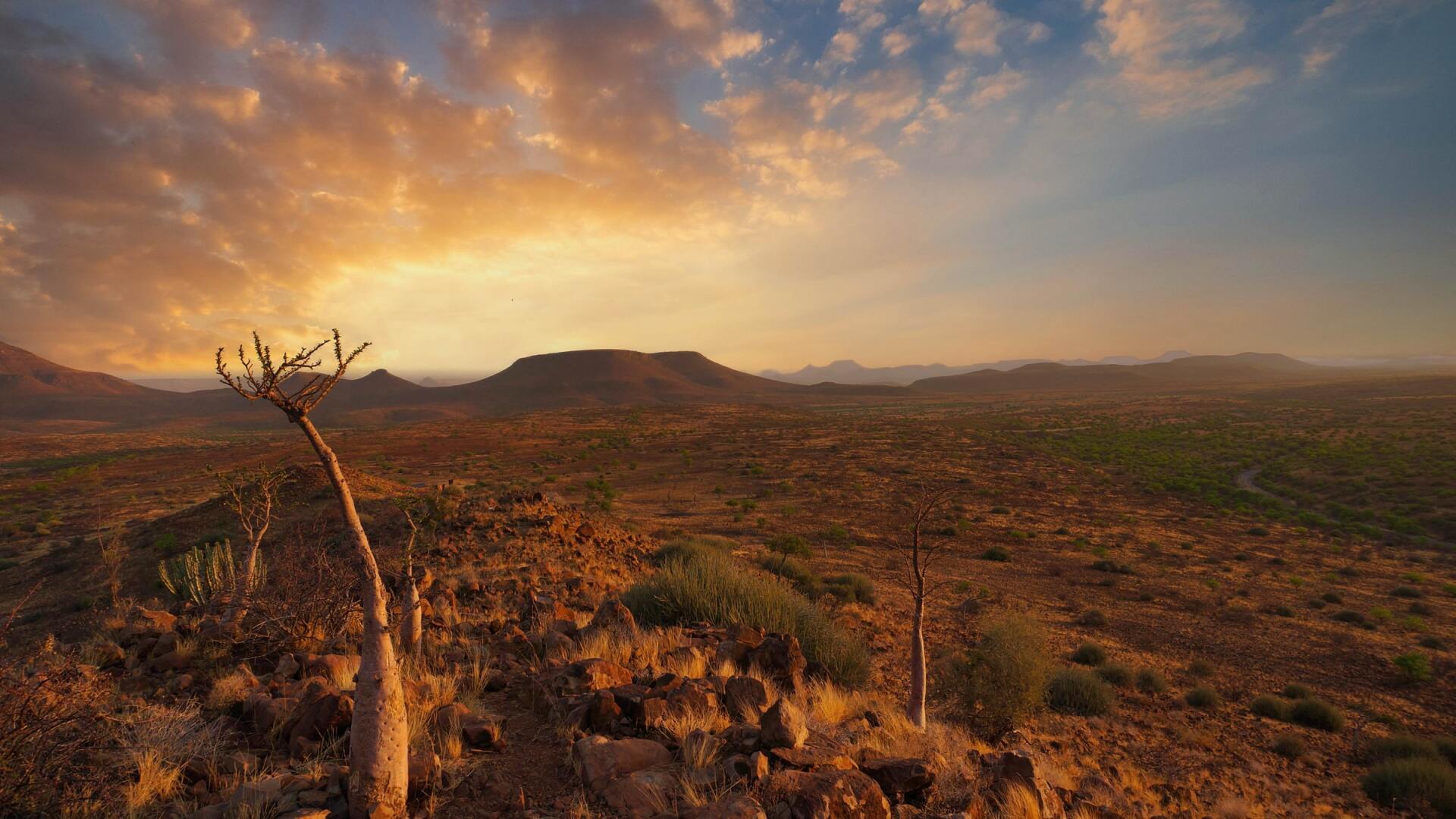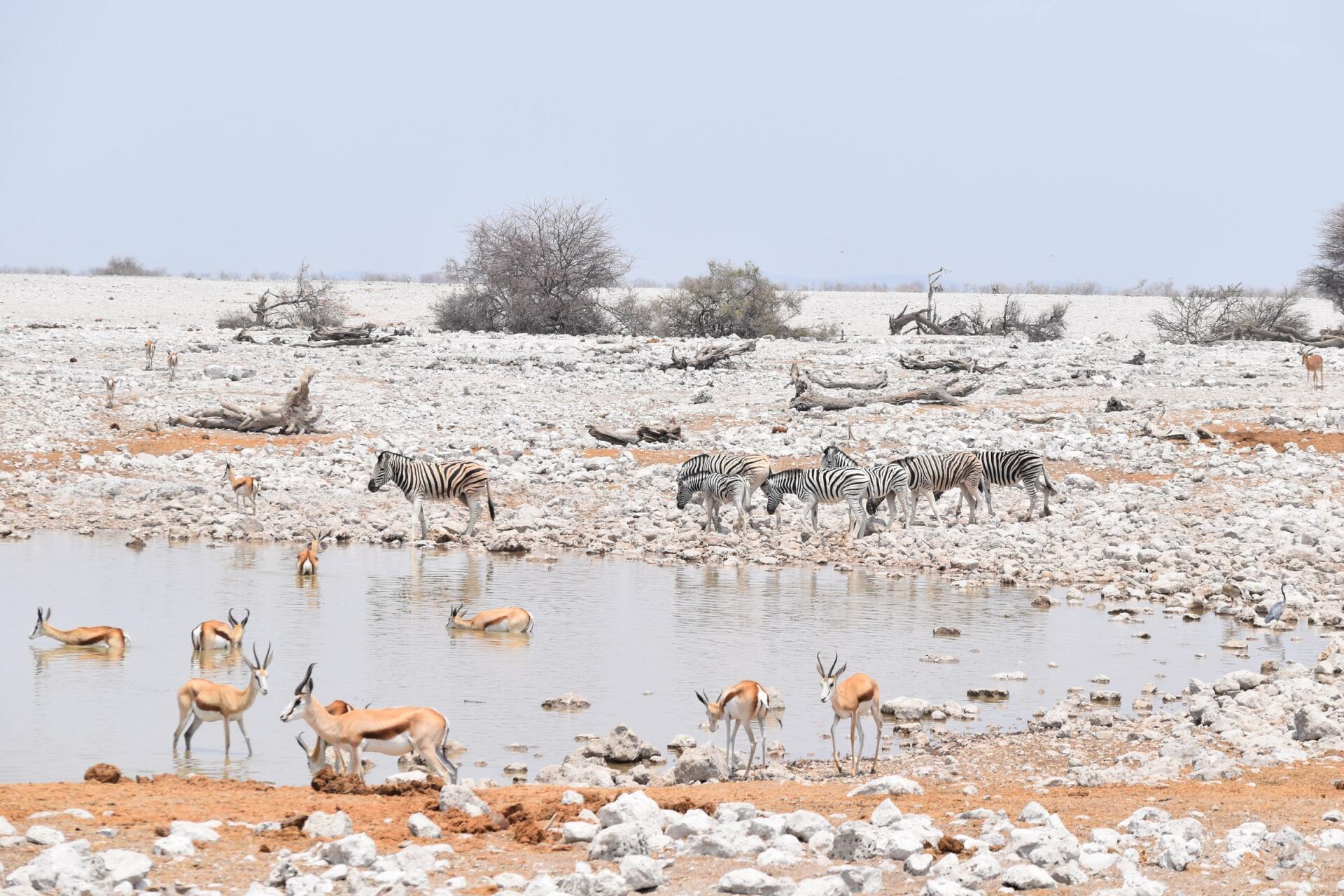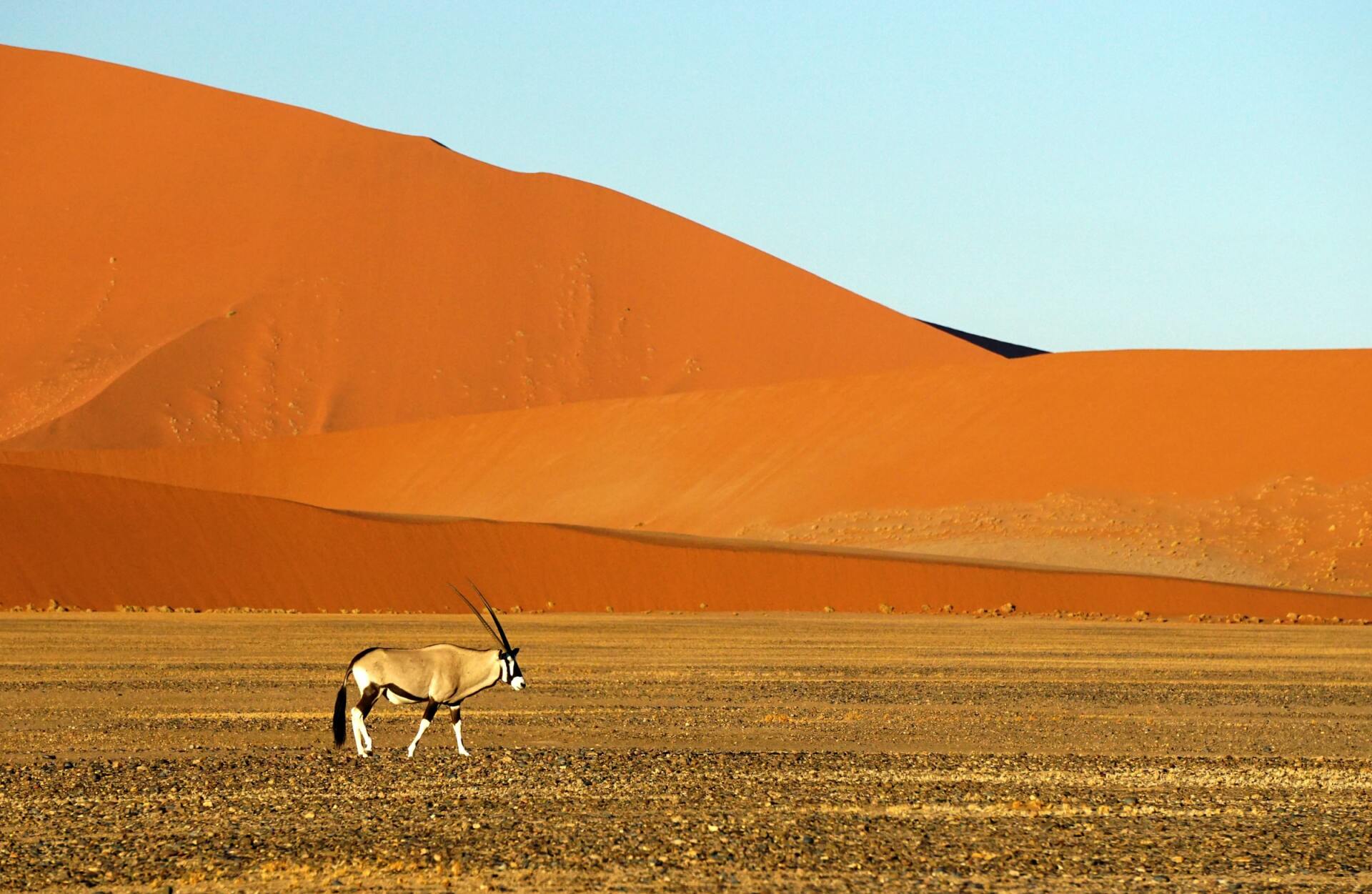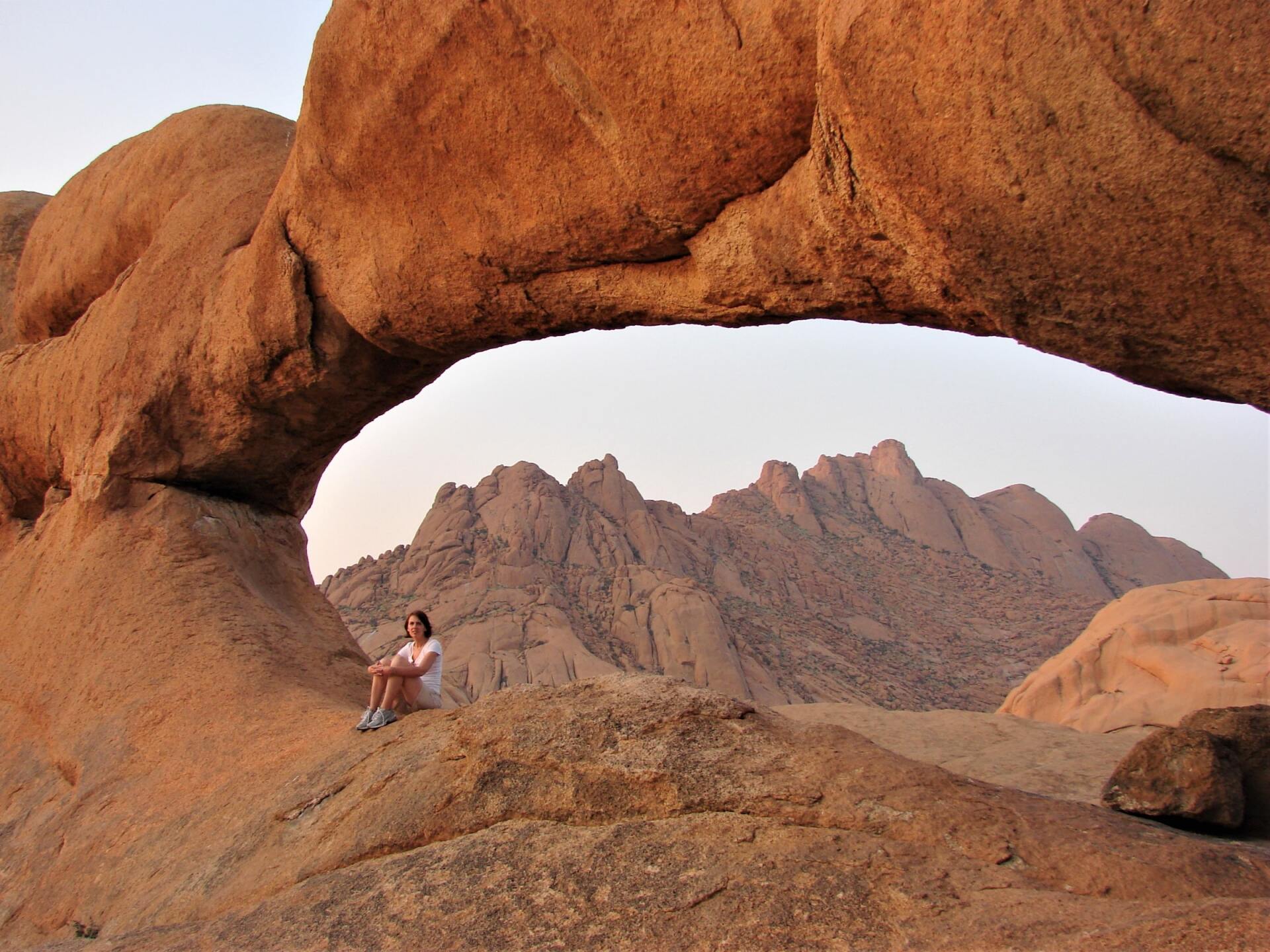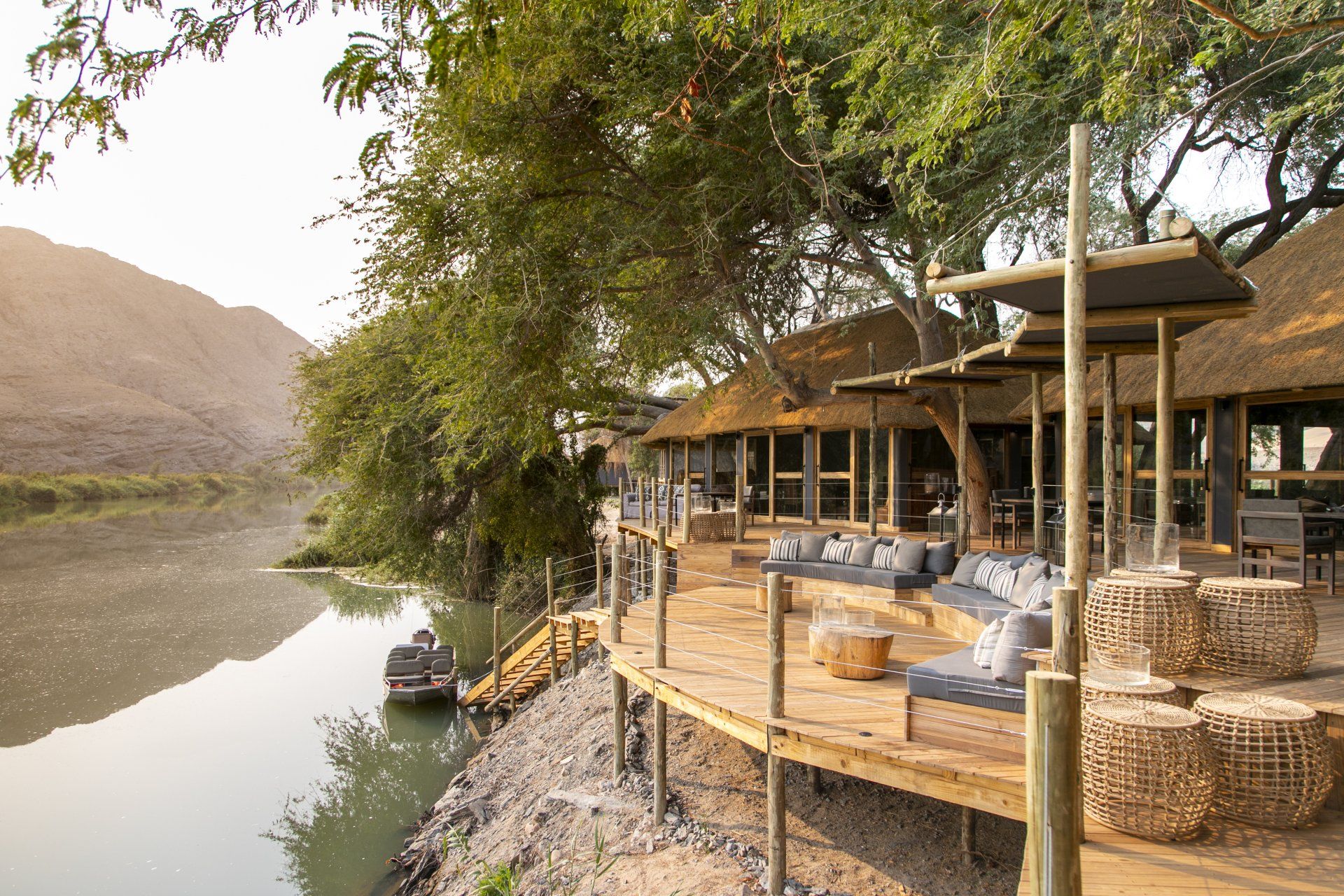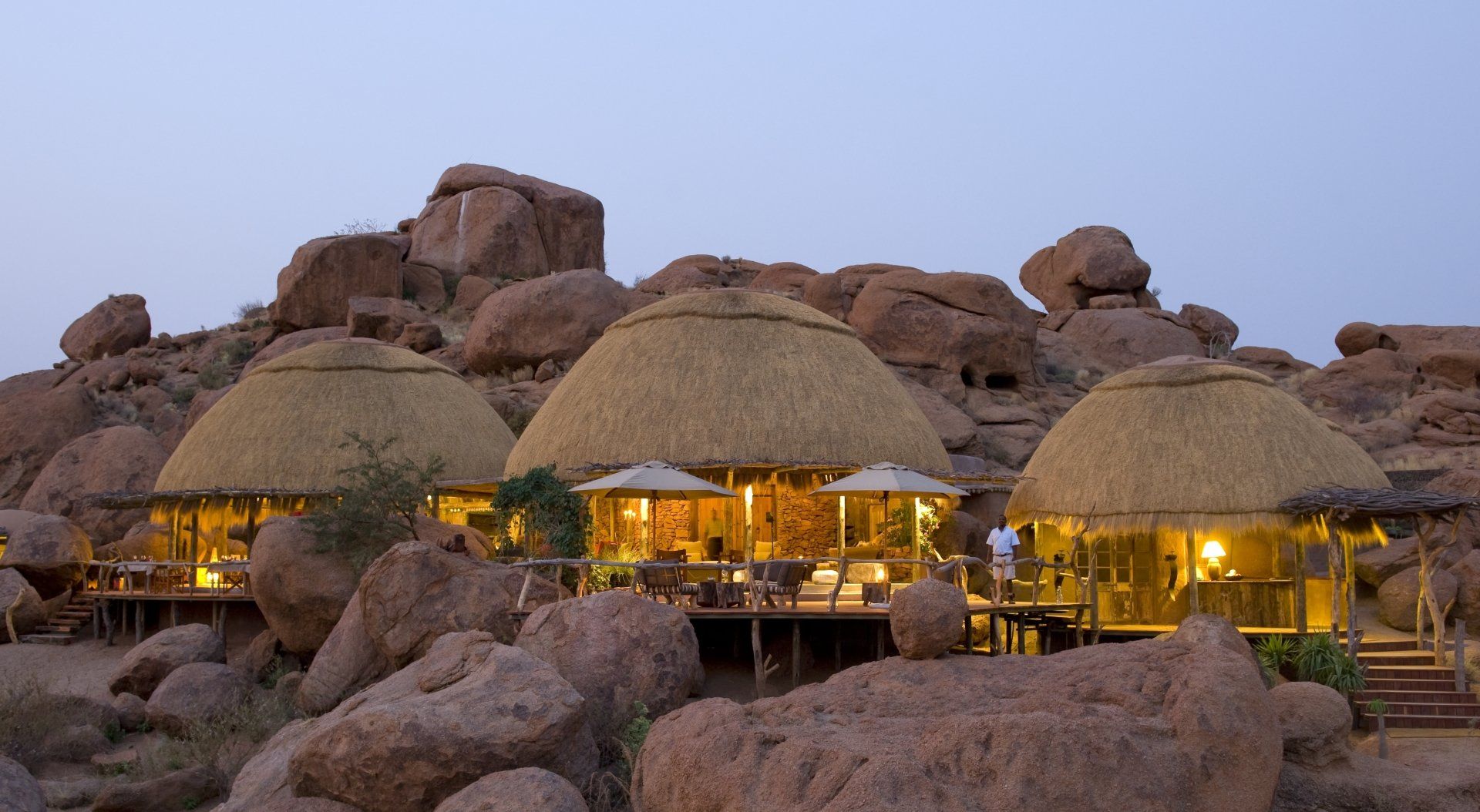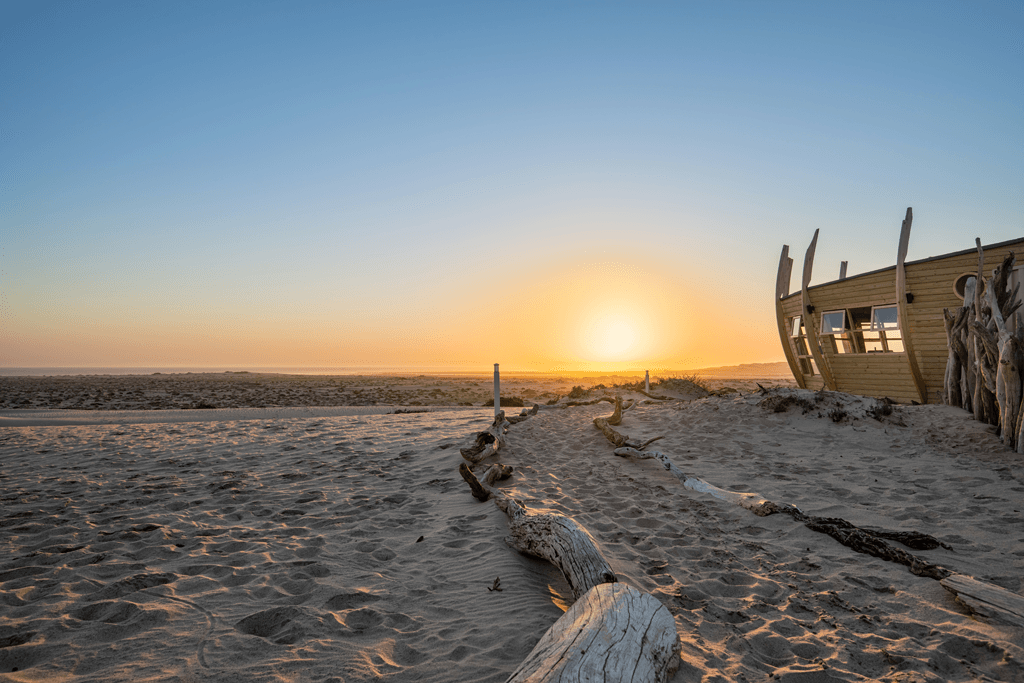Namibia
Welcome to incredible Namibia
It's nicknamed "the land God made in anger" and is simply out of this world... With vast landscapes, endless horizons and breathtaking scenery, Namibia is a land like no other. This south-west African nation is jaw-droppingly beautiful and completely mesmerising, thanks to its ancient deserts and unique wildlife that has adapted to meet the challenges of this harsh and arid country.
From the dune seas of the Namib and the desolate beaches of the Skeleton Coast to the dramatic moonscapes of Damaraland and the lush riverine oases along the Kunene River, Namibia's topography never ceases to impress. It's a country of contrasts, where life defies one of the most extreme environments on the planet, creating ingenious ways of surviving.
We love Namibia's remoteness - it's one of the least populated countries in Africa which makes it the perfect escape from every day life. This is where the term "far from the madding crowd" takes on new meaning as you could find yourself and your travelling companions and guides the only human beings in literally thousands of kilometres! This makes social distancing effortlessly easy!
With the sub-continent's last remaining desert-adapted elephants, rhino and lion, Namibia's wildlife is absolutely fascinating. While you don't have the concentrations you see in other regions of Southern Africa, you have these incredible anomalies - creatures that have evolved to cope with extremes of heat and cold and the lack of water, giving them the ability to thrive in conditions no human could endure.
From the delicate palmato gecko that's found in the slip faces of sand dunes to the curious tok-tokkie beetle that tips its body to collect water droplets from the mists that roll in from the cold Atlantic Ocean, Namibia is full of surprises.
Its people are warm and welcoming and have an eclectic mix of tribal cultures and traditions to share, from Africa's "First People" - the San bushmen, to the Herero, Nama and Himba, whose women cover their bodies and hair in a mixture of animal fat and rich red ochre, making them one of the most photographed people on Earth.
Why Go?
If you really want to escape the rat race, there's nowhere better. Namibia's remoteness and its sparse population makes it the perfect place to get away from everything and put distance between yourself and every day life. It's also completely unique in terms of what you can expect to experience and as long as you don't mind sand (there's quite a lot of it!) then it's absolutely going to blow your mind.
Namibia is also home to some of the most sought-after safari experiences in Africa, from the endless white salt pans of Etosha, the towering red dunes of Sossusvlei and petrified trees of Dead Vlei to the unique rock formations of Damaraland and ancient rock engravings of Twyfelfontein. These places are iconic and have to be seen to be believed.
Range across vast landscapes as you track desert-adapted elephants and black rhino... Witness the colonies of Cape fur seal along the Skeleton Coast... See the "great grey ghosts" of Etosha - elephants who cover themselves in the salty white dust of the pans, turning their normally dark grey skin an ethereal white... Meet the fabled Himba where the Kunene River plunges over the Epupa Falls... Climb the legendary "Crazy Dune" that towers hundreds of metres over the red dune sea of Sossusvlei...
Namibia is a must-see country. So talk to us today about putting together a Namibian safari just for you...
Namibia - Want to find out more?
Tours & Safaris
Speak to us about creating the perfect itinerary for you to Namibia. All of our itineraries are bespoke and tailored to suit both your requirements and your budget. We are happy to advise you on what to include in your itinerary and on the range of accommodation options available to you.
Accommodation
Your Best African Safari tour will take you to some of Namibia's best-loved lodges and camps... Here is a selection of a few of them that we use regularly in our itineraries and safari packages...
Map
Make use of our convenient and interactive map to explore the suggested hotspots and highlights for your Best African Safaris tour of Namibia!
